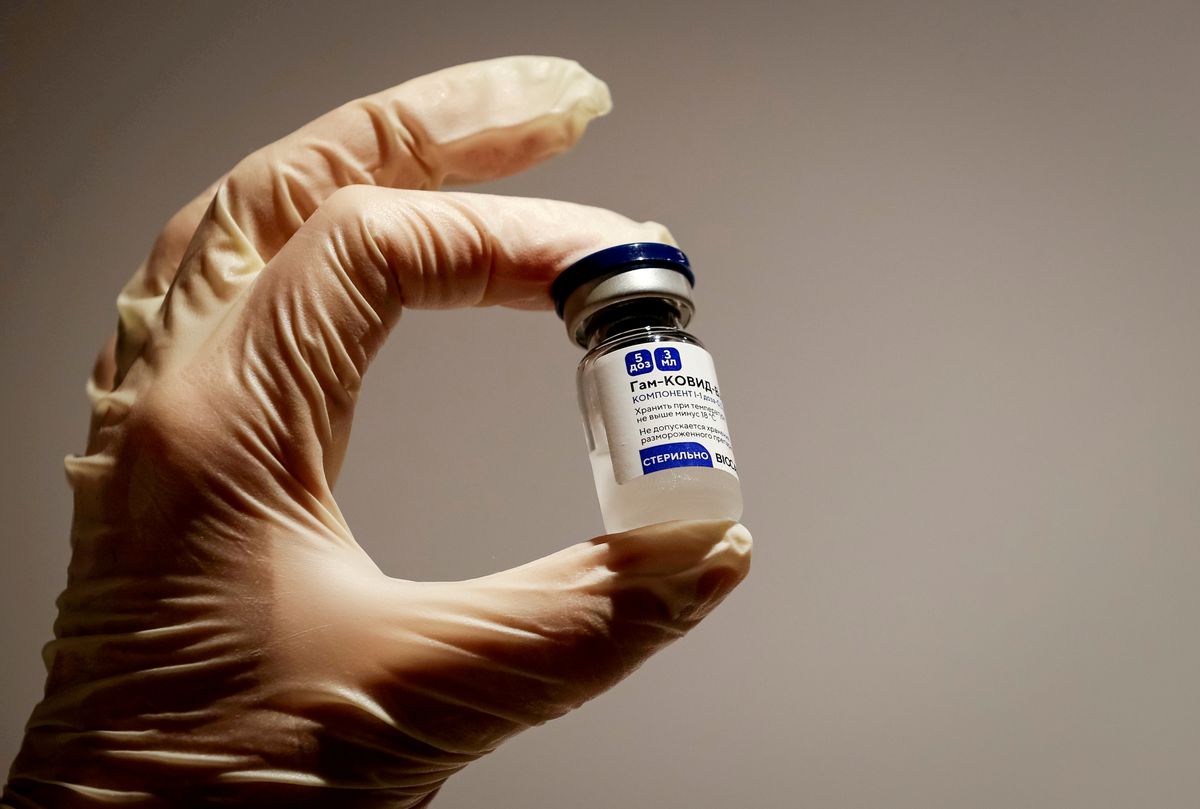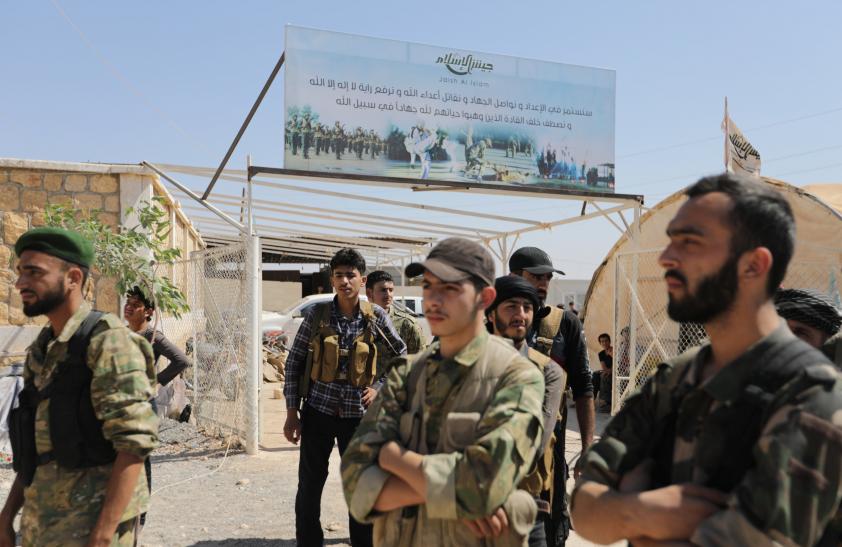
A new diagnostic test from Veracyte Inc could help many people avoid risky and costly invasive lung biopsies at a time when millions of American smokers are eligible for lung cancer screening, according to data from studies presented on Sunday.
The company's Percepta Bronchial Genomic Classifier takes cell samples from the windpipe of smokers during a bronchoscopy procedure and analyzes 23 genes for their reaction to exposure to cigarette toxins.
"These cells are like a canary in a coal mine. They're telling us whether that nodule deep down in the lung is likely to be a cancer," said Dr. Avrum Spira of Boston University School of Medicine, co-inventor of the test and lead investigator of the studies.
When CT scans turn up a lung abnormality, a patient often undergoes a bronchoscopy in which a tiny camera inserted down the windpipe attempts to view the area of concern. About 40 percent of the time it fails to lead to a diagnosis, often because the scope can't reach the suspicious site.
"The only way we can be definitive is to stick a needle through the chest wall or cut open your chest," explained Spira. "We don't want to miss a cancer, so we end up operating on and biopsying a lot of people who don't have cancer."
Following CT scan and bronchoscopy, patients are assessed as being at high, intermediate or low risk for cancer. The sweet-spot for the Veracyte test, Spira said, was the intermediate-risk group, as the diagnostic was able to re-classify many of them as low risk with a 91 percent degree of accuracy.
That meant they could be monitored via future CT scans rather than undergo biopsies.
"We now have a new tool to help us evaluate smokers who are at risk for having lung cancer and identify those who don't need to undergo invasive procedures," said Spira, who presented the studies at the American Thoracic Society meeting in Denver.
A needle biopsy has a 15 to 25 percent risk of causing a collapsed lung and surgical biopsy costs more than $20,000.
Veracyte, which also sells a thyroid cancer test, said its lung test would cost between $3,000 and $4,000.
This year, more than eight million Americans with a history of heavy smoking became eligible for annual low-dose CT screening through new health coverage requirements. That is likely to lead to far higher numbers of biopsies.
The Genomic Classifier was tested in two large studies involving 639 patients. The second 341-patient study served to confirm results from the prior trial.
While researchers reported a high number of false positives with Verasyte's test that would add expense without sparing an unnecessary biopsy, it proved to be more than 90 percent accurate when negative for cancer.
The results were also published in the New England Journal of Medicine. Authors of the Journal article agreed that intermediate-risk patients were most likely to benefit and concluded "the gene-expression classifier provided an improvement over bronchoscopy alone for the detection of lung cancer."




